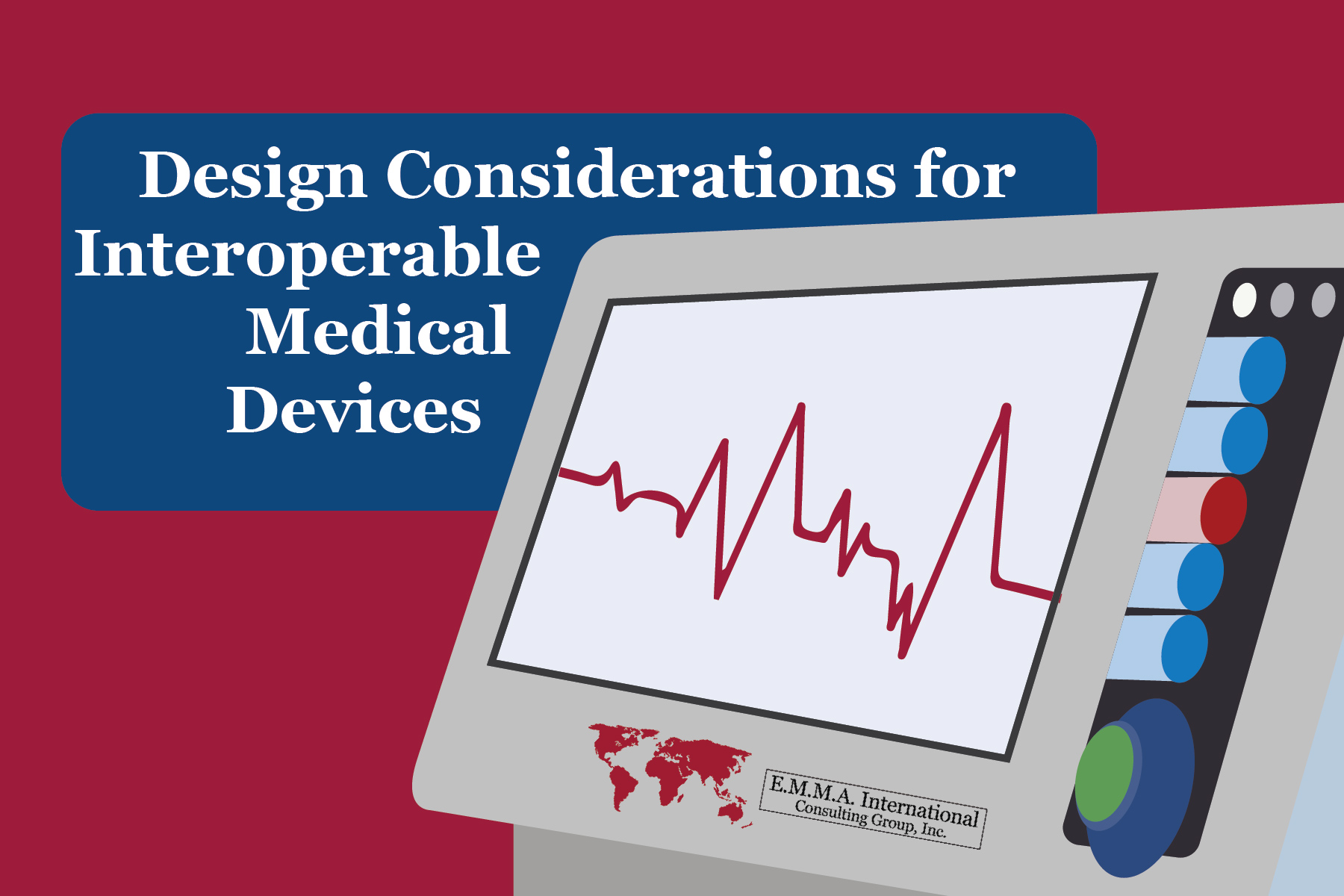The interoperability of medical devices is an important factor to consider especially with the increase in the digital health medical devices coming into the market. Medical devices should be able to safely and effectively exchange and use information or health data to increase the efficiency of patient care.1
Interoperability will allow for data collected by one or more medical devices to be used by another product which may or may not be a medical device to facilitate health care. The products could even be from different manufacturers. FDA in its guidance document ‘Design Considerations and Premarket Submission Recommendations for Interoperable Medical Devices’ refers to interoperability as the ability of two or more products, technologies or systems to exchange information and to use the information that has been exchanged.1 Information exchange such as the UDI of the device and patient-specific data such as the ECG waveforms, can help the healthcare provider to provide improved patient care.
FDA’s guidance document focuses on the information that needs to be included in the design documents of such devices and to conduct appropriate verification, validation, and risk management activities.
FDA recommends considering the following elements for the selected interface technology:1
- Purpose of the Electronic Interface: Device manufacturers should consider the purpose of each of the electronic interfaces. This should include the types of data exchanges taking place (e.g., sending, receiving, issue command and control), the types of devices that it is meant to connect to, method of data transmission, the functional and performance requirements of the device as a result of the exchanged information, etc.
- The Anticipated Users: Manufacturers should determine the anticipated user(s) for each of the electronic interfaces. Examples of users include clinical users, biomedical engineers, home healthcare users, IT (information technology) professionals, system integrators, system designers, patients, researchers, and medical device designers. The risk management file of the product should consider the human factors study-related findings for the users of the device.
- Risk Management: Manufacturers should consider ways to mitigate the risks identified in the risk analysis. This includes risks that arise from others connecting to the electronic interface for which appropriate security features must be included in the design. Risk Management should also consider the usability of the device as mentioned above.
- Verification and Validation: Manufacturers should establish, maintain, and implement appropriate verification and validation to ensure that their devices with electronic interfaces work correctly prior to delivery, during the integration process, continue to work while in use, and through maintenance and release of software updates. Verification and Validation activities must also detect when the data is corrupted and how it can be managed.
- Labeling Considerations: Manufacturers should include information that users may need to connect predictably and safely to the interface for its intended purpose. This may include materials such as the device packaging, instructions for use, etc.
- Use of Consensus Standards: Manufacturers should consider the use of consensus standards related to medical device interoperability. FDA has recognized standards that support interoperability and encourages its use to design your product. FDA recognized standards on interoperability can be found here: https://www.accessdata.fda.gov/scripts/cdrh/cfdocs/cfStandards/results.cfm
Need more information on interoperable medical devices? Call us today at 248-987-4497 or email us at info@emmainternational.com.
1FDA (Sept 2017) Design Considerations and Premarket Submission Recommendations for Interoperable Medical Devices retrieved on 02/24/2020 from https://www.fda.gov/media/95636/download






